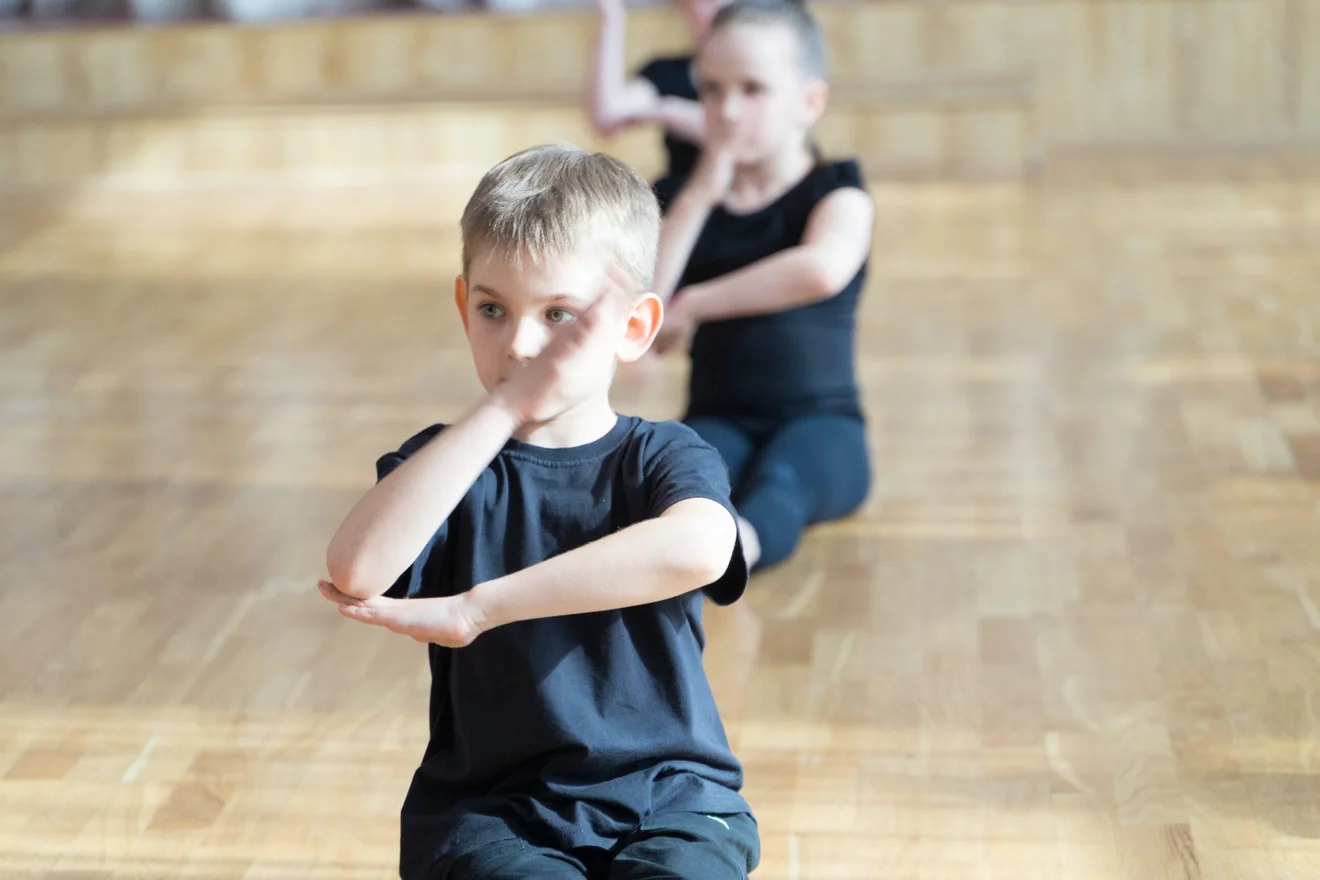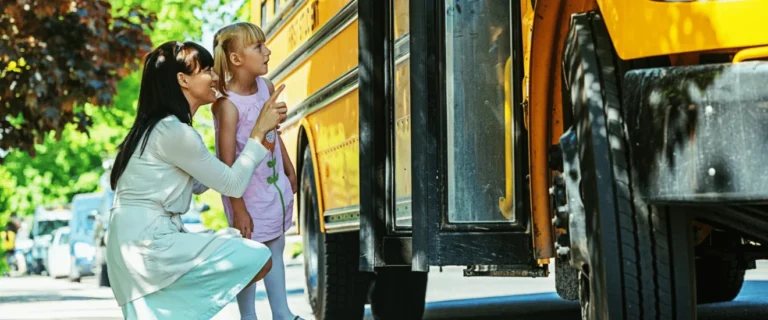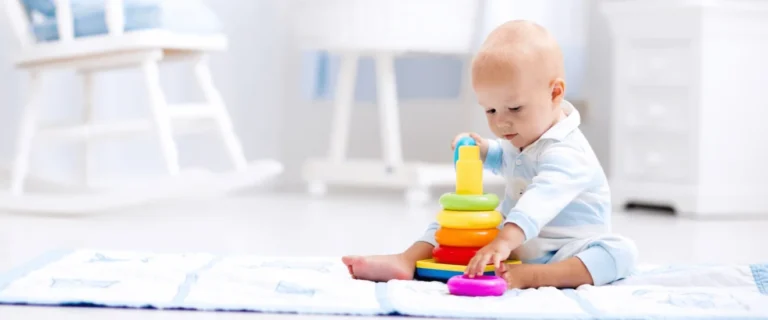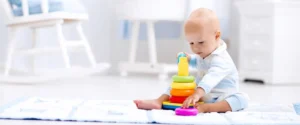5 Types of Exercises for Children Diagnosed with Autism
Physical exercise is valuable. Studies have established the importance of regular physical activity for people of all ages to prevent certain ailments, improve longevity, and increase mental and physical health. We know that physical exercise for children is essential for their overall development, and this includes children diagnosed with autism spectrum disorder (ASD). Autism treatment programs often incorporate exercise for children living with ASD because it has been proven to benefit them in specific ways.
To learn more about exercise and autism treatment, reach out to Opya by calling (888) 300-OPYA or filling out our online form. Our focus on early diagnosis and intervention for children diagnosed with autism and our in-home care model helps keep family stress low and maximize the time available for the work our professionals undertake with the young people in their care.
The Benefits of Exercise for Children Living with Autism
Exercise, as well as programs that focus on physical activity, have benefits for children diagnosed with ASD. The physical skills they develop and the opportunity to interact with other children combine to benefit children diagnosed with autism, including:
- General fitness – Many of the exercise regimens beneficial to children diagnosed with autism improve their endurance, muscular development, and strength. Because children diagnosed with autism tend to be somewhat deficient in these areas, a regular exercise routine will help them close the strength and endurance gap.
- Motor skill development – Basic motor skills such as running, skipping, catching, and throwing are part and parcel of the social and physical life of children. Physical exercise programs for children diagnosed with autism help develop these areas of motor coordination.
- Skill-related fitness – This area of fitness is separate from muscle fitness and motor skills and encompasses fitness skills such as balance, visual-motor control, mobility, and coordination, which tend to be lower in children diagnosed with ASD.
- Social skills – An important area of focus for everyone who works with children living with ASD, social skills can never be separated from the other aspects of learning and therapy.
There are many physical exercise programs and models that can be implemented to benefit children diagnosed with ASD. If you are interested in finding a provider who is knowledgeable in this area of your child’s development, reach out to Opya today by calling (888) 300-OPYA.
Five Types of Exercises for Children Diagnosed with Autism
If you are looking for exercises your child can do at home, alone, or with siblings, there are some great ways to enhance the fitness level of your child. The following don’t require a team or collaboration, so they may be less focused on social elements, but are fun and worth a try.
- Jumping jacks – This cardio exercise develops coordination as children open their arms and legs on the first jump and close them on the second. They can be done slowly or quickly and are fun to do in time with the music.
- Bear crawls – Children generally enjoy many animal-inspired movements. Try pretending to be a bear as you move forward, sideways, and backward in the bear crawl. This exercise develops core muscles and coordination.
- Arm circles – Arm circles develop the upper body, strengthen the shoulders and back, and increase shoulder flexibility. They also may reduce the arm flapping behaviors of a child diagnosed with autism by channeling repetitive arm movements into a focused exercise.
- Sit-ups and wall squats with an exercise ball – These large, inflated balls make regular exercises more fun. There are numerous movements you and your child can do with a big colorful ball!
- Running and skipping – Coordination, cardio, and fresh air combine when your child runs or skips down the sidewalk or across the yard. Of course, these activities can be done inside as well.
Remember to consult your child’s physician and the specialists at Opya as you begin a program of exercise. It is also essential to start at a pace that is appropriate to your child’s level of activity and general fitness, maintain hydration, and take breaks.






